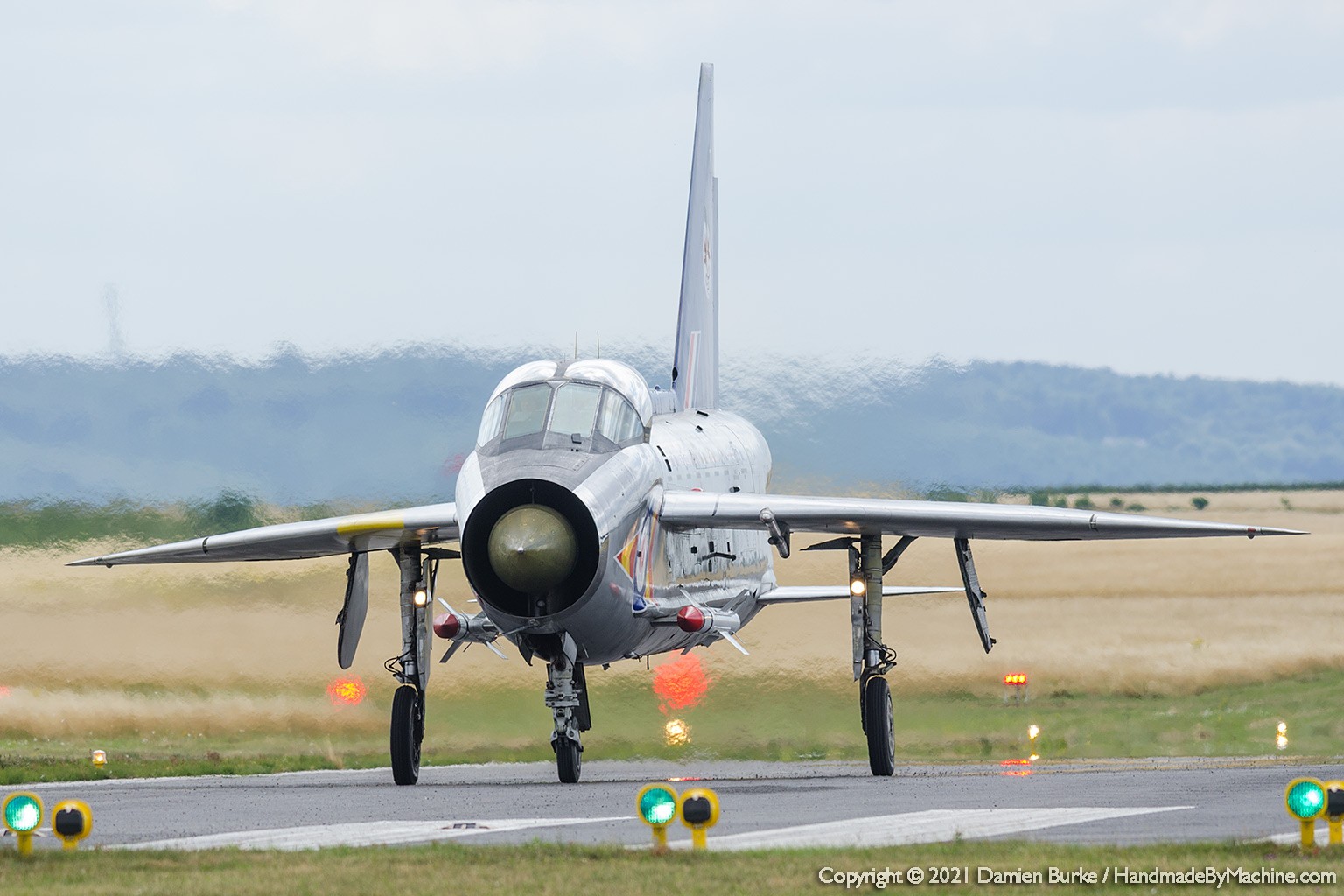


This helps ensure that they are all safely separated at all times. To avoid this, ATC restricts the number of aircraft in their sector. When ATC has 50% of the airspace to fit in 100% of the aircraft, there's an obvious challenge. Pilots use the weather radar to navigate around thunderstorms. The problem comes when there are extensive thunderstorms in a relatively small geographic area and multiple aircraft are trying to deviate around them. Once we've decided on our preferred route, we must ask air traffic control to confirm our new route will keep us clear of other aircraft. However, when there's a line of storms dotted across our path, this may not always be possible. Normally we'll attempt to fly upwind of the storm, as the downwind area tends to be the bumpiest. When we've identified a thunderstorm on our route, we try to determine the best way to avoid it. This uses the Doppler effect to detect the movement of the water droplets and areas of turbulence are depicted on the screen in magenta. Most weather radar systems on newer aircraft also feature a turbulence detection function. Green areas are those with low returns and red indicates areas with high returns. These returns are then depicted in the flight deck on the navigation display. (Photo by Charlie Page/The Points Guy)Īs a result, particularly dense water droplets such as hailstones will have a greater return than less dense droplets such as fog. Thunderstorms show up on the screens in the flight deck. As water droplets vary in size and density, the more dense the water droplet, the greater the radar return. Weather detection on an aircraft is based on a transmitted energy beam hitting water droplets in a cloud and then bouncing back to the aircraft. For these instances, we use our weather radar. However, at night, or when the storms are shrouded by other clouds, they're not so easy to identify. The best way to do this is to avoid thunderstorms altogether.ĭuring the day, some storms are easy to spot. Because of this, avoiding the effects of thunderstorms is high on our agenda. The safety and comfort of our passengers are every pilot's prime concern. This helps drain excess water from the paved surface, reducing the chances of hydroplaning. Runways at most large airports are built with grooves cut into the surface and angled off to the sides so that the runway's center is actually higher than the edges. This can massively reduce the brakes' effectiveness. When too much water builds up on the surface of the runway, the aircraft’s tires can lose contact with the surface in a phenomenon known as hydroplaning. The more flooded it becomes, the less effective the brakes are. Similar to driving a car, an aircraft stops more efficiently when the runway surface is dry.

Stopping a 200-ton airplane safely on the runway takes accurate calculation and effort by the pilots. The Points Guy will not share or sell your email. I would like to subscribe to The Points Guy newsletters and special email promotions. Sometimes it goes farther in one direction, other times not so far. If you keep pouring the water, the splashing isn’t uniform. Think of pouring a glass of water onto the floor: As the water hits the ground, it splashes outward. When these downdrafts hit the surface, they have nowhere to go but outward. The moisture then falls to earth as rain or hail, creating the brief but intense showers you experience on the ground.Īs it falls, it creates downdrafts of air to the earth. As this vertical energy runs out, it cools in the colder temperatures aloft. In addition to rising columns of air, moisture picked up from the surface moves inside the cloud. Severe turbulence can cause items as heavy as drink carts to become airborne, which can seriously injure those on board. These conditions won't cause an aircraft to crash, but they're certainly strong enough to cause serious discomfort to passengers. Flying through a thunderstorm can cause severe turbulence.


 0 kommentar(er)
0 kommentar(er)
